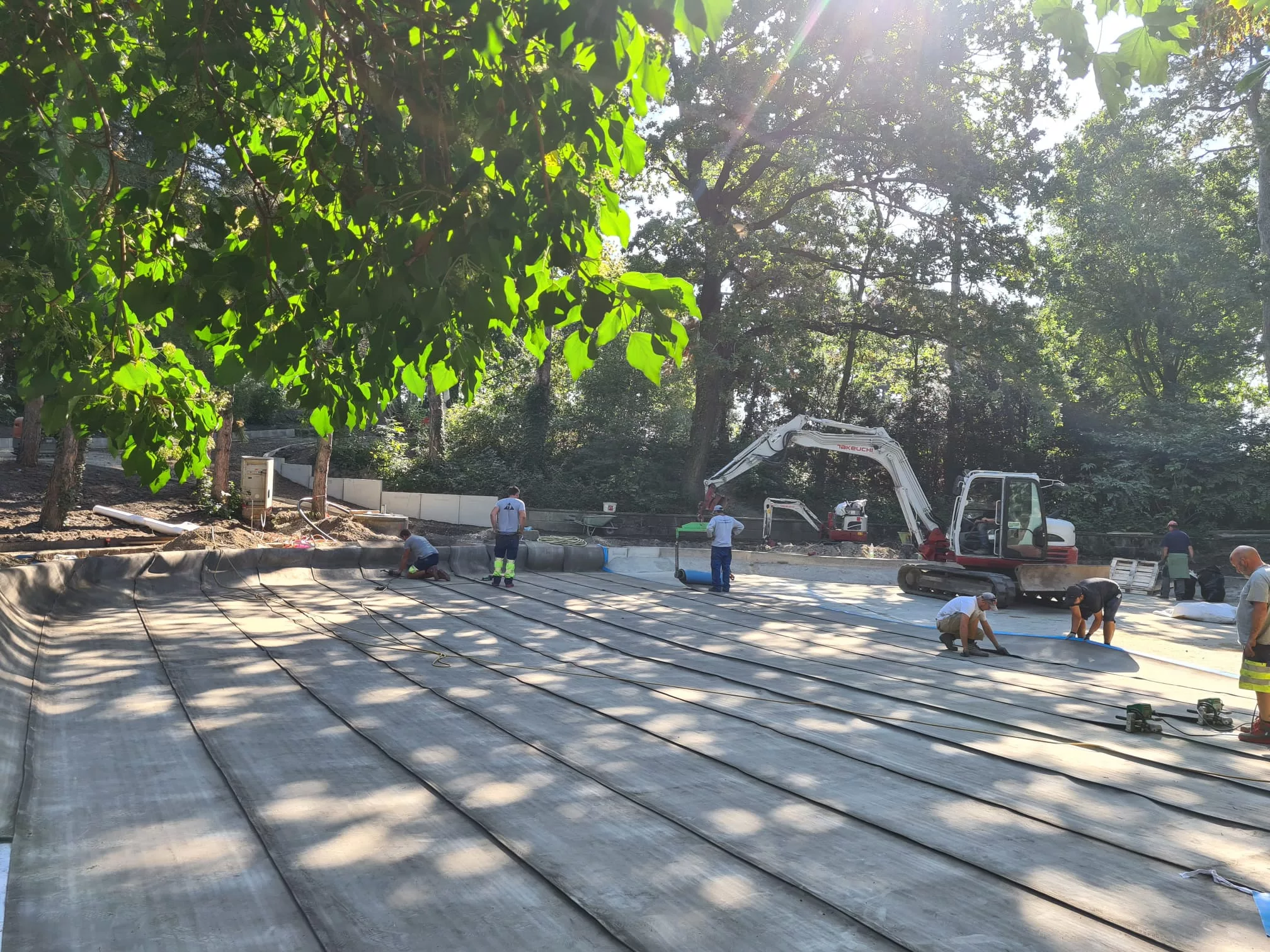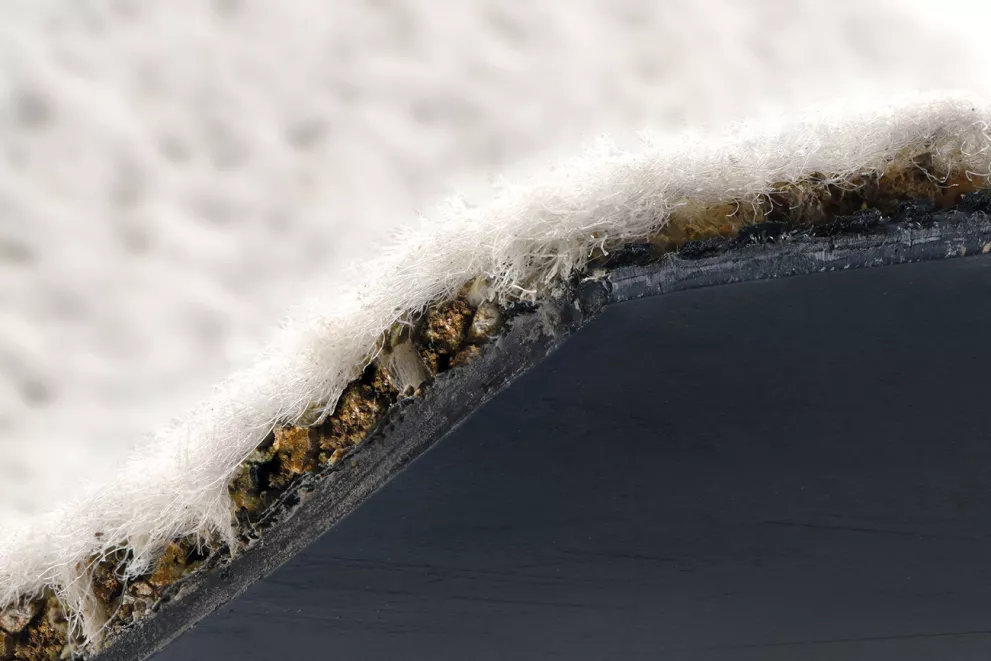Environmental engineering
Environmental engineering refers to technical processes aimed at minimizing environmental impacts and restoring damaged ecosystems. This includes waste disposal, landfill maintenance, wastewater treatment, and pollution control. Measures for water protection, noise reduction, and the use of renewable energy like solar and geothermal energy are also part of environmental engineering.
Geosynthetics, such as non-wovens, geotextiles, and geomembranes, play a key role in sealing and drainage systems, especially in landfills and contaminated sites. They help prevent environmental contamination by sealing, draining, filtering, and reinforcing soil layers, with stricter requirements for durability and functionality.

Please narrow down your search



